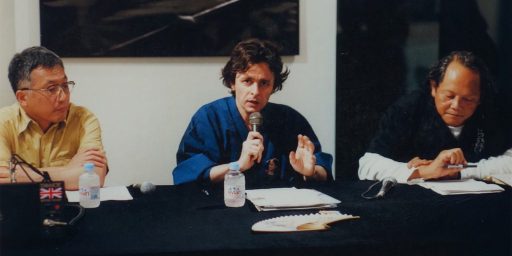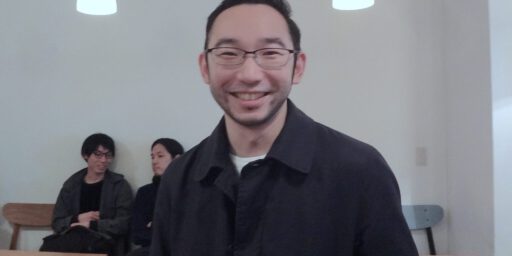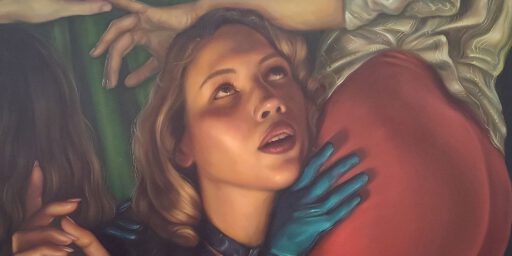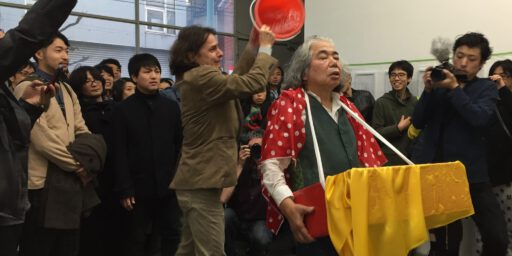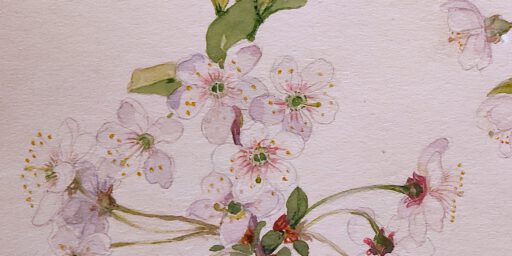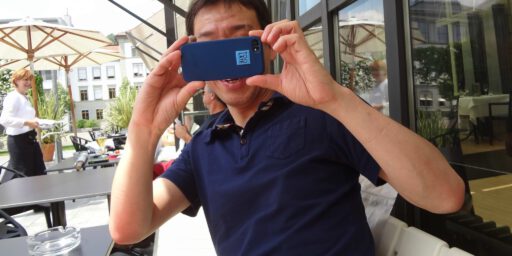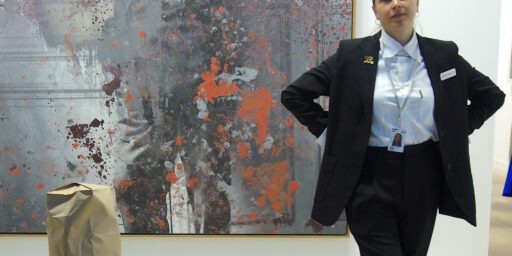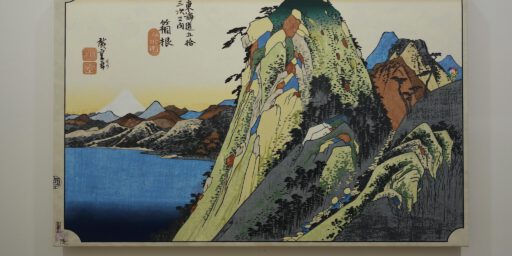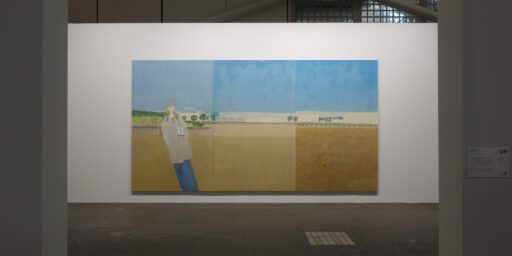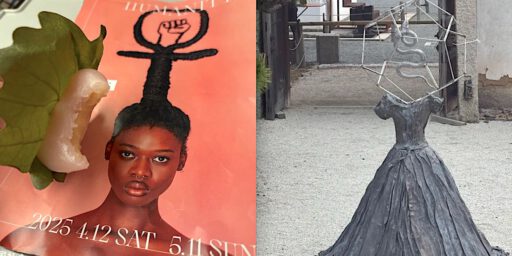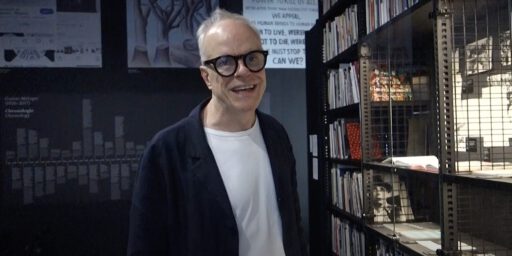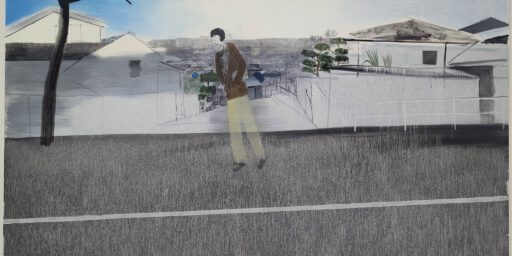サム・ギリアム個展「The Flow of Color」@ Pace 東京 Tokyo’s crucial influence on celebrated Sam Gilliam and his elocuting abstractionism on lyrical canvas-elegance
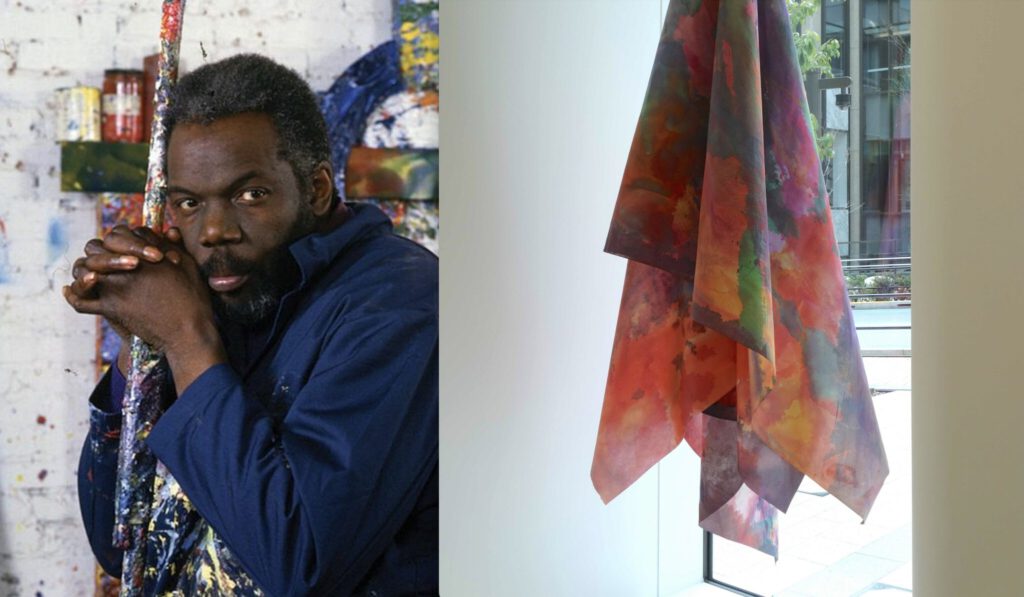
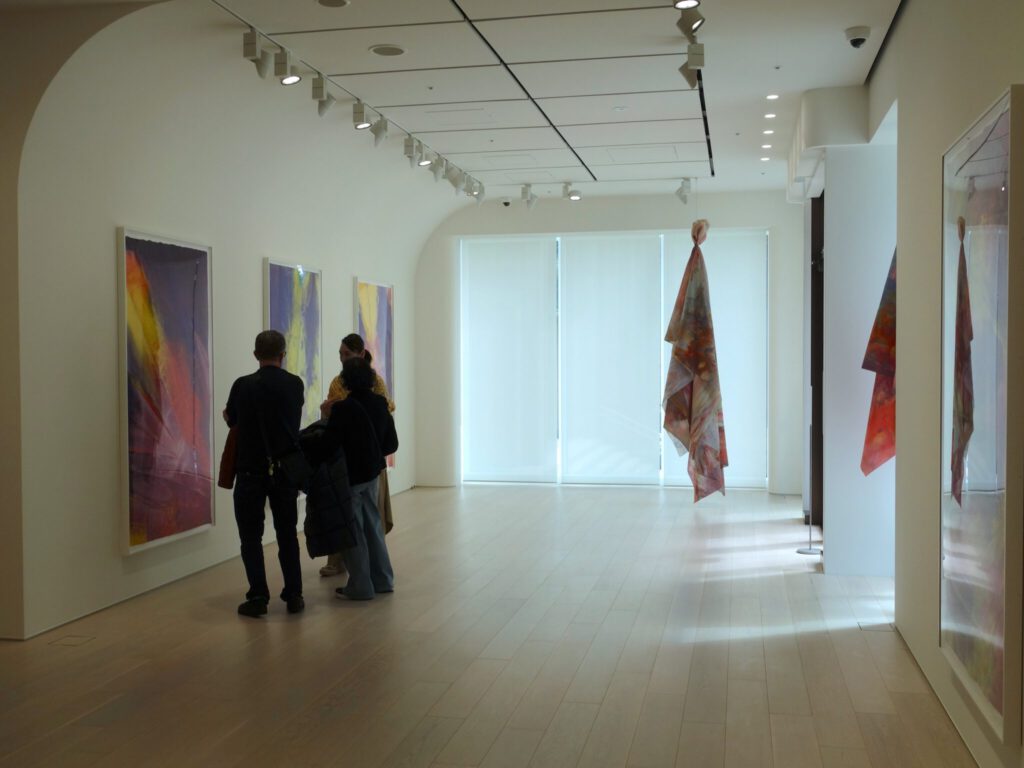
“I first encountered Yves Klein while stationed with the army in Japan. There was a Klein exhibition in Tokyo. The Gutai group was being born, and I was in the army, and I thought nothing about whether I would be an artist or not. In fact, I probably thought that I would never be an artist. But Klein had an effect on me, and I thought about making art beyond the interiors that it is usually presented in, about making art more in the outside world.” (1)
These are the words by celebrated American artist Sam Gilliam, who passed away in 2022 at the age of 88.
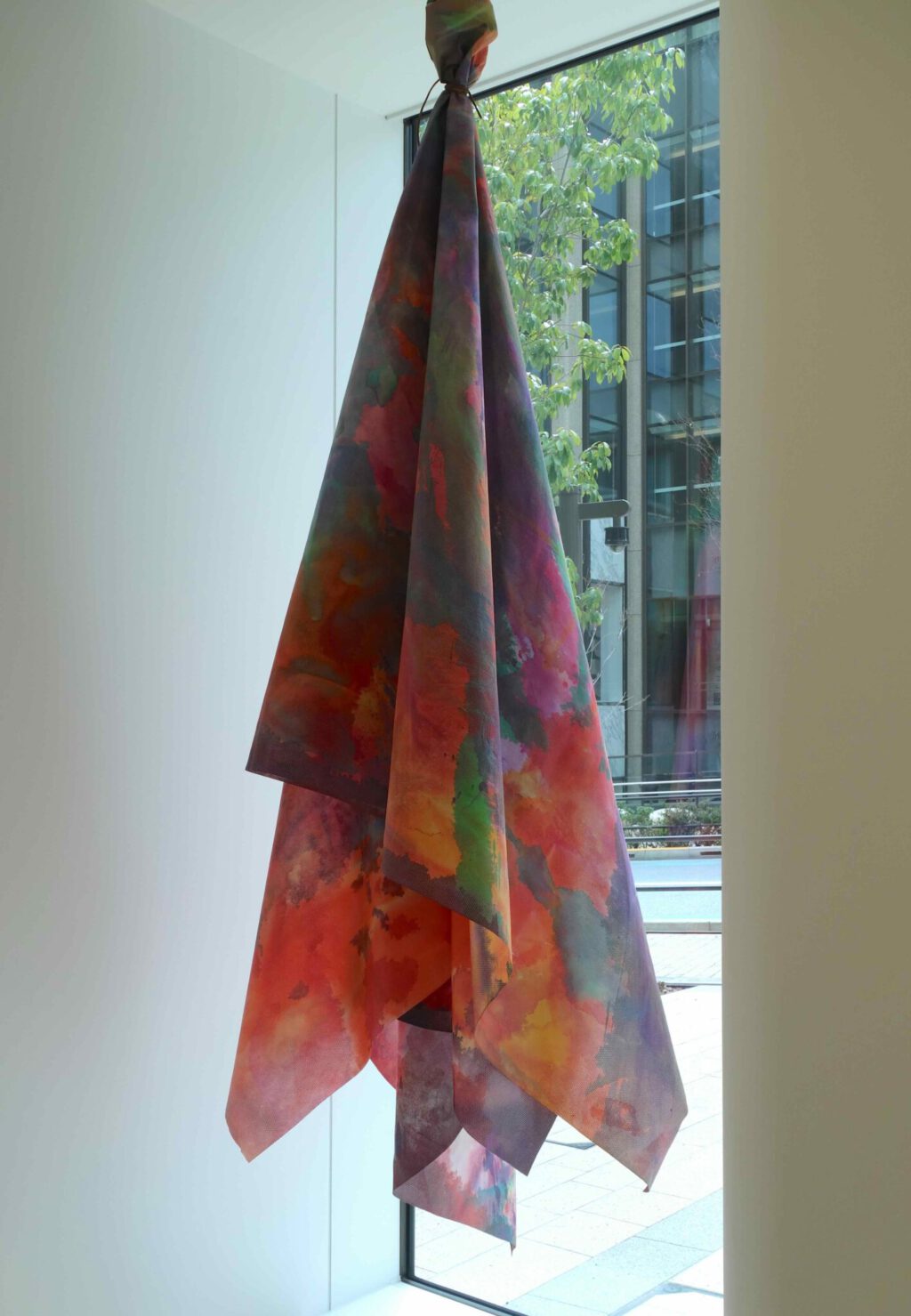
Another quote by Gilliam:
“I was in the ROTC (Reserve Officers’ Training Corps), and I did basic training in Texas. We were stationed with Airborne troops and drilled by Airborne sergeants. After that I was quite lucky to be stationed in Japan. Japan was just marvelous. There were galleries and art stores, and a woodcut studio near the base. There was one person in our unit who did nothing but go to Kabuki theater. From what I had seen of the art world, I wasn’t sure if I still wanted to be an artist, but I knew I didn’t want to be a soldier. So, I grew up. I went back to school to do my thesis.” (2)
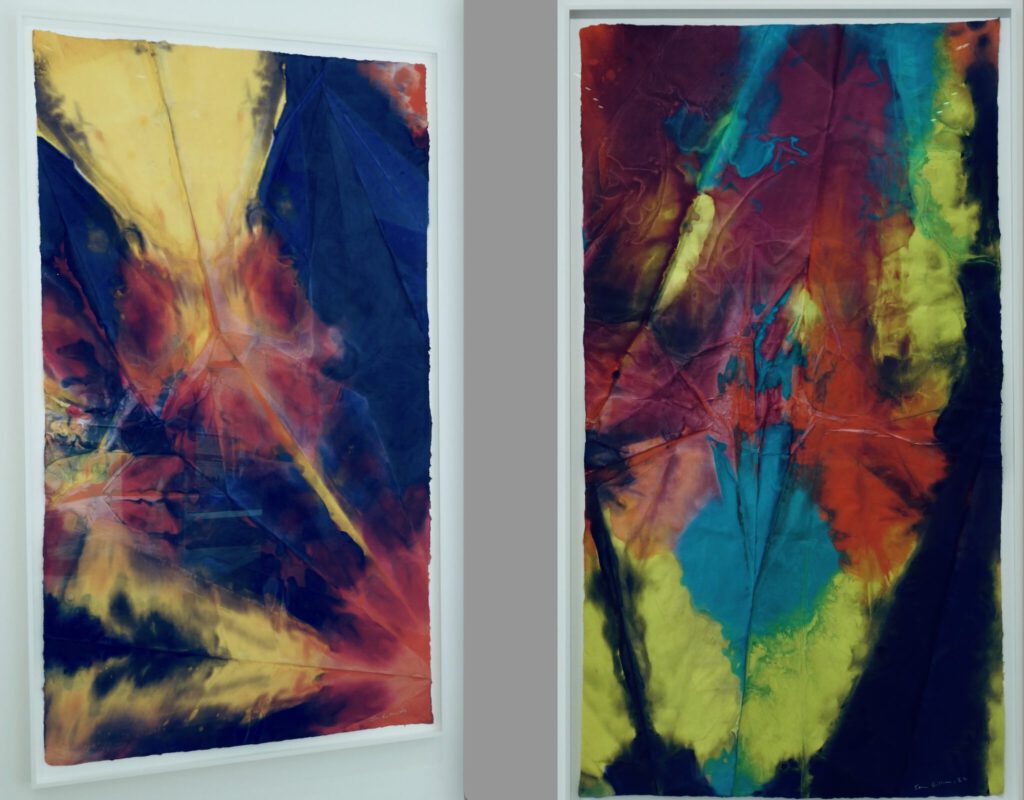
While in Japan, Gilliam encountered the works by GUTAI (3) artists and Japan-influenced Yves Klein. This kind of Japanese experience helped him to widen his knowledge about contemporary art. Getting emancipated, being free in expressing oneself in whatever medium one likes. Fortunately the result of this stay in Japan gave Gilliam the right impetus to start a professional career as an artist in the US. In this context, my first visit to Japan changed my life, too; as a result, becoming the most popular, so-called “Japanese” artist with non-Asian heritage in the history of Japanese contemporary art. (4)
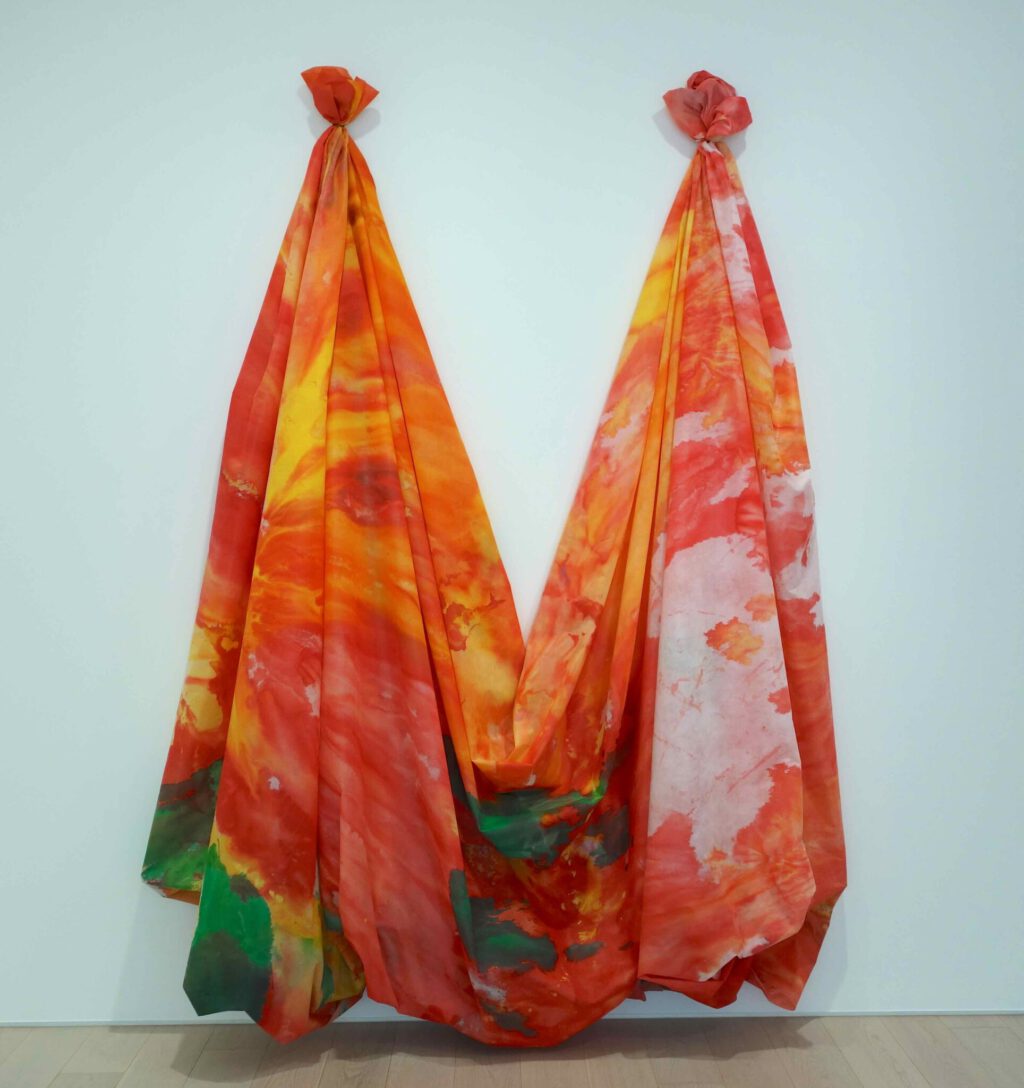
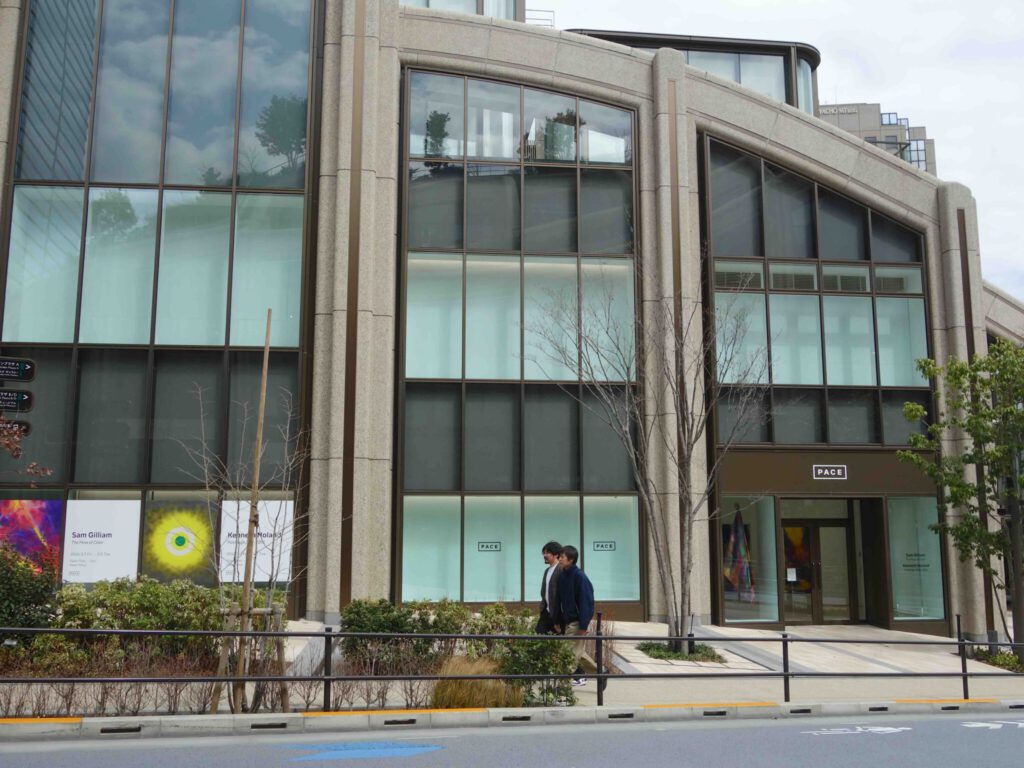
Myself had the opportunity to enter profoundly into Gilliam’s universe seven years ago in the Kunstmuseum of Basel. Spatial installations of lyrical abstractions, combined with the possibility of contemplation like in front of Monet’s water lilies. Instinctively the spectrum of effulgent colours triggers off “epistemological” connections, the influences of other artists. A joy for the viewer, indeed.
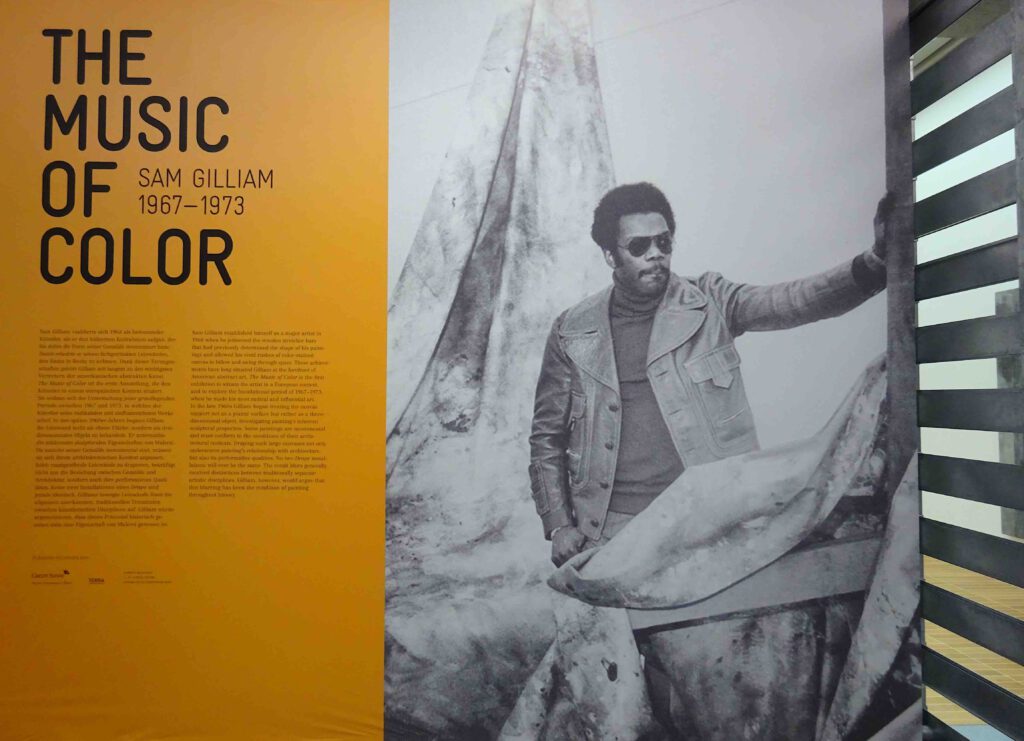
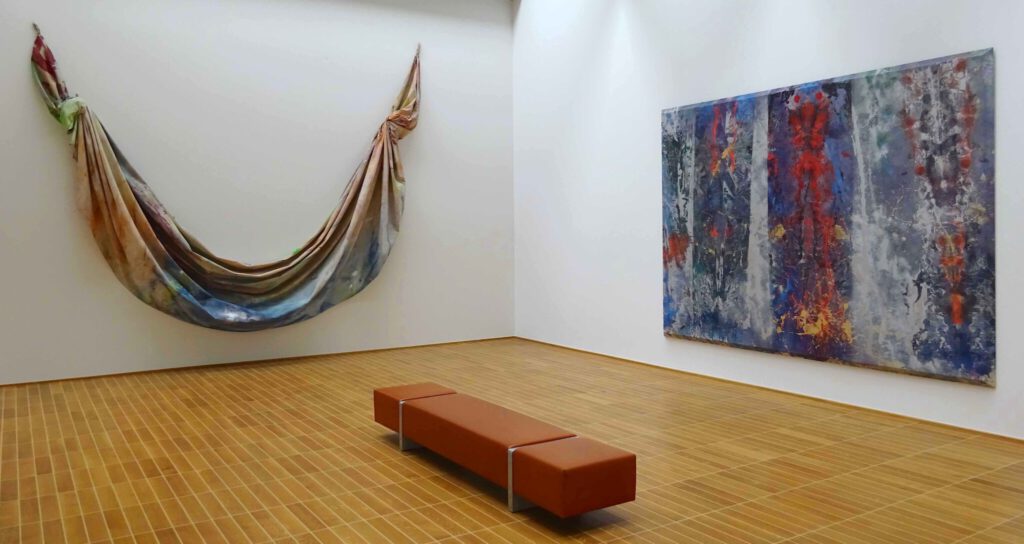
Whitney Museum of American Art, New York, purchase with funds from the Friends of the Whitney Museum of American Art and the Howard W. Lipman Foundation, and gift of the Ford Foundation Purchase Program and an anonymous donor, by exchange.
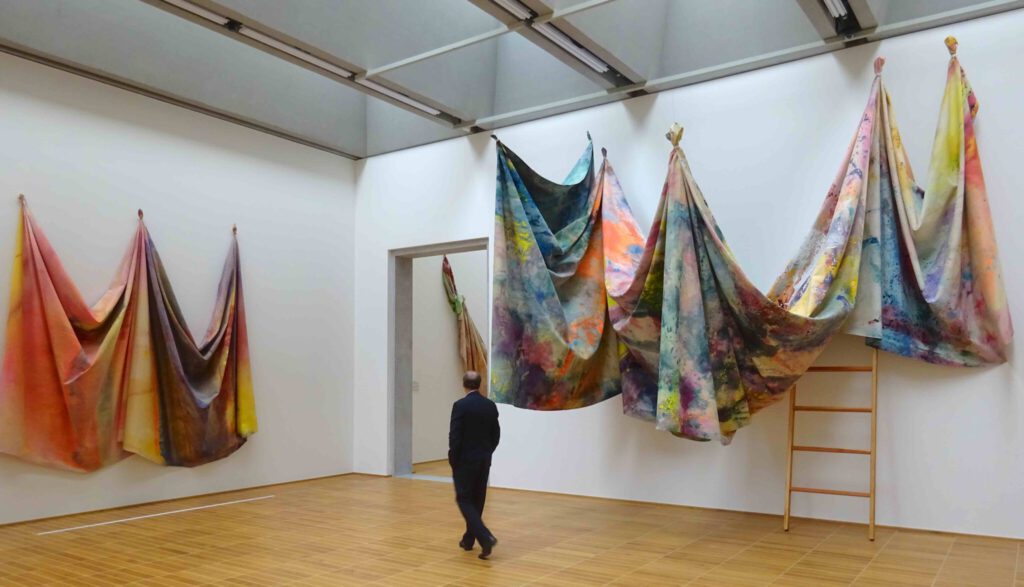
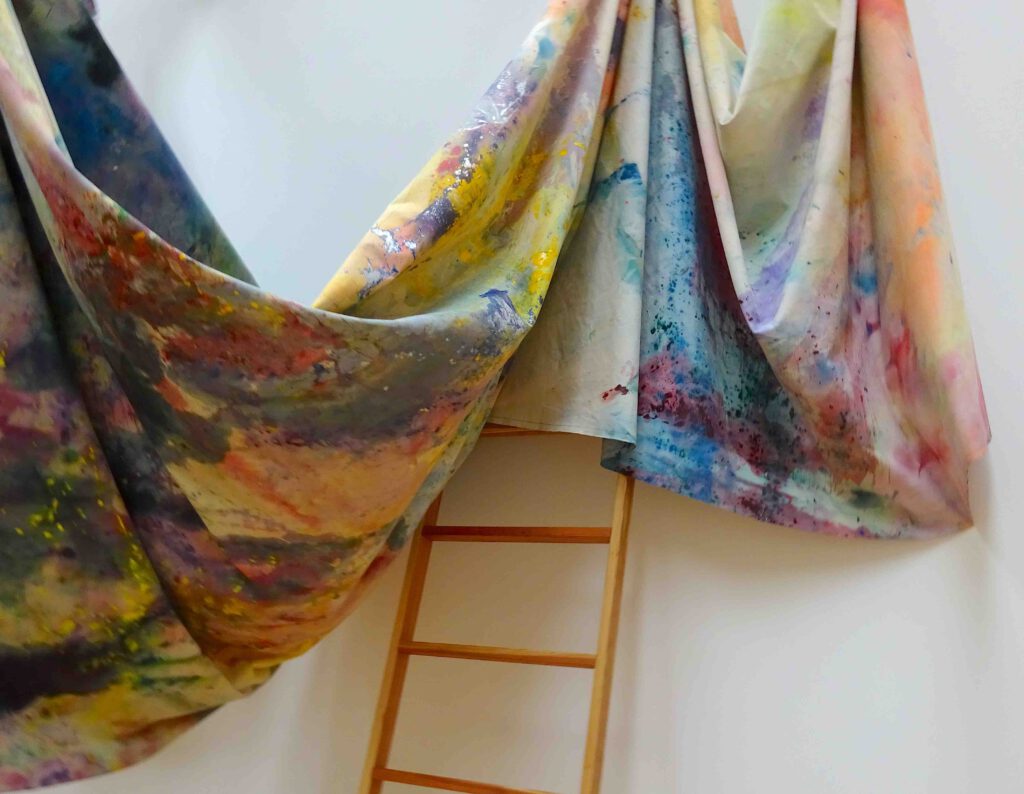
Collection of the Speed Art Museum, Louisville, Kentucky. Gift of the Artist 2013
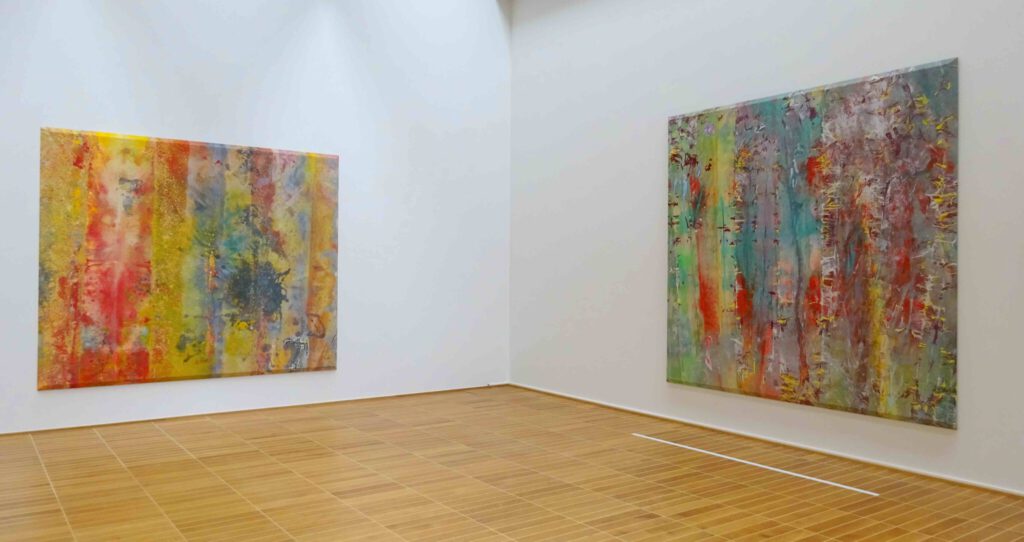
Gilliam’s ethereal “Drape” paintings – unstretched canvases stained in vibrant pigments – give the perceptual environment a superb, fascinating, sculptural quality. The coalescence among inner-outer-architecture and linen excited the artist, his manoeuvring act being influenced by tones of color and Jazz.
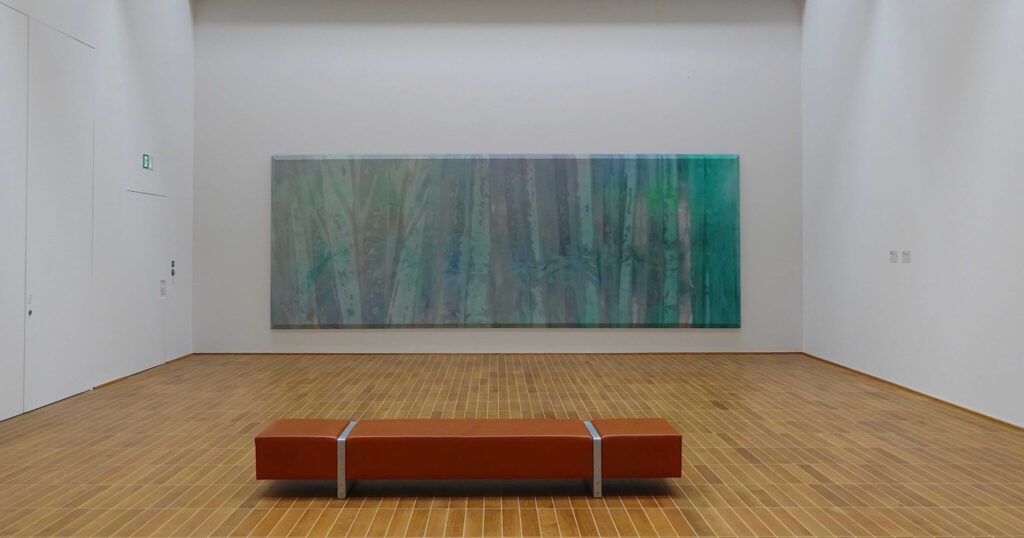
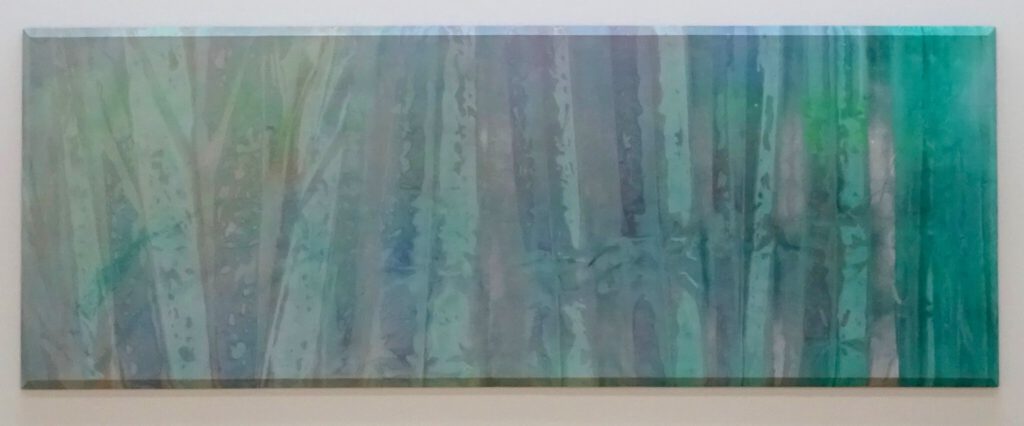
“My Drape paintings are never hung the same way twice. The composition is always present, but one must let things go, be open to improvisation, spontaneity, what’s happening in a space while one works.”
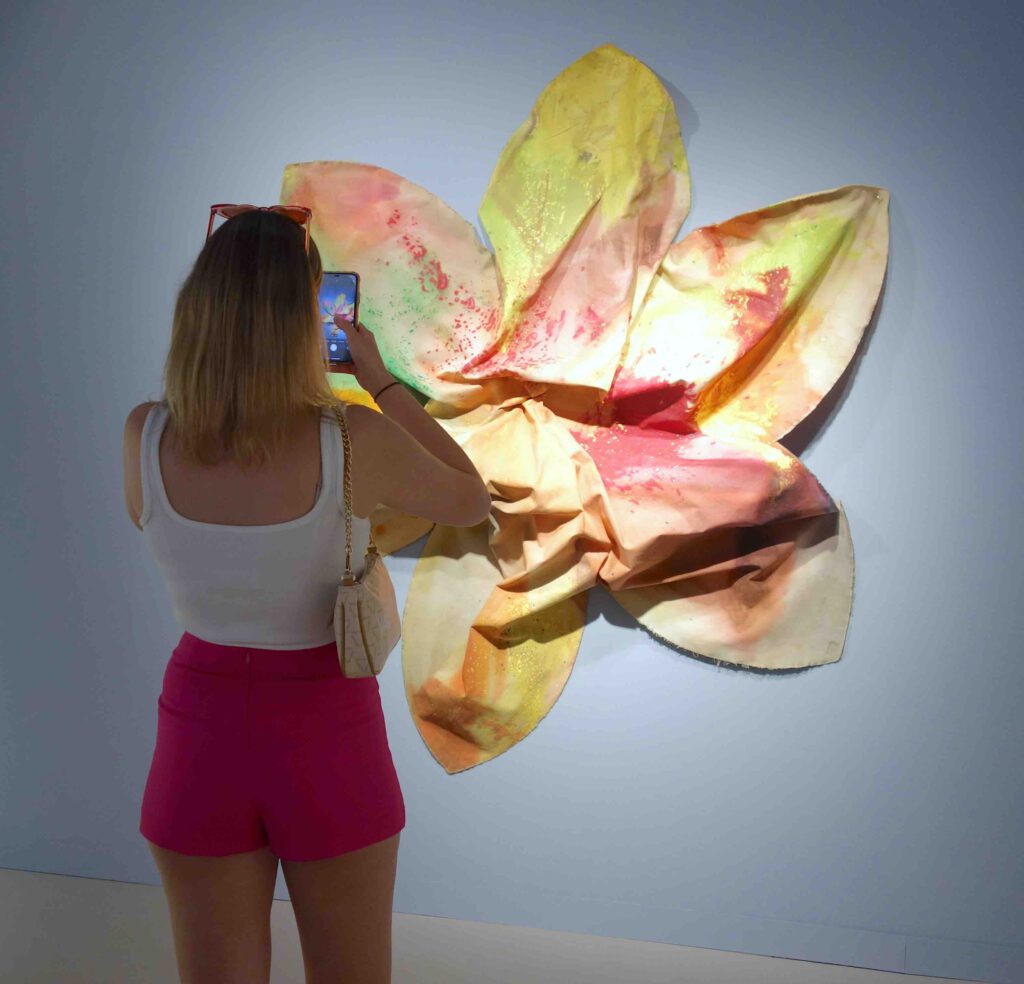
Thanks to the curatorial team and director at Pace Tokyo, who, with their commitment and enthusiastic promotion of Sam Gilliam’s sensual body of works, have built a fantastic cultural bridge.
The influence of Japan on Sam Gilliam’s oeuvre has been impressively presented to the local audience in a loving and accentuated manner.
Basel-Tokyo, May 2, 2025
Mario A
All pictures were taken by me, except the “Sam Gilliam” portrait in the cover pic. ここに載せた画像は、すべて「好意によりクリエーティブ・コモン・センス」の文脈で、日本美術史の記録の為に発表致します。 Creative Commons Attribution Noncommercial-NoDerivative Works, photos: cccs courtesy creative common sense
(1) Sam Gilliam discusses his work, showing in the Venice Biennale, and the NEA
https://www.artforum.com/interviews/sam-gilliam-discusses-his-work-showing-in-the-venice-biennale-and-the-nea-69537
(2) Beer with a Painter: Sam Gilliam
https://hyperallergic.com/284543/beer-with-a-painter-sam-gilliam/
(3) 白髪一雄・フット・ペインティング SHIRAGA Kazuo – Foot Paintings
https://art-culture.world/articles/shiraga-kazuo-白髪一雄/
(4) https://marioa.com
Sam Gilliam “The Flow of Color”
Mar 7 – May 6, 2025
Pace Tokyo
https://www.pacegallery.com/exhibitions/sam-gilliam-tokyo/
Sam Gilliam and Kenneth Noland: Celebrating Color
